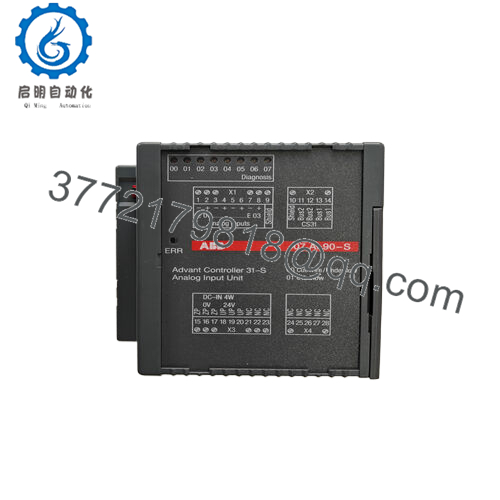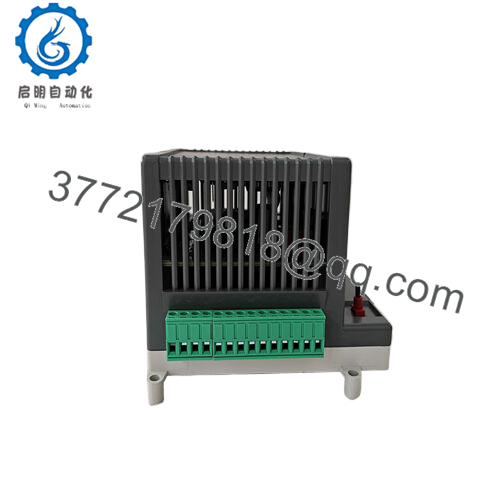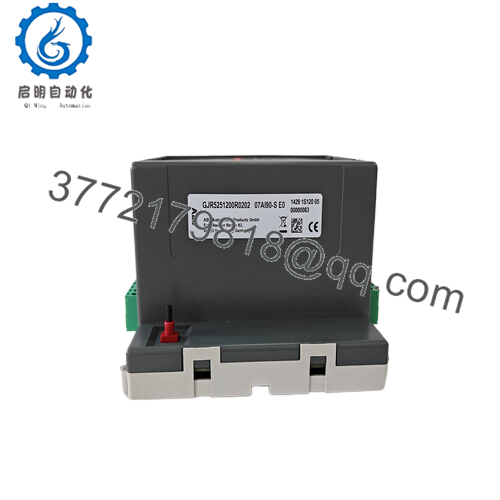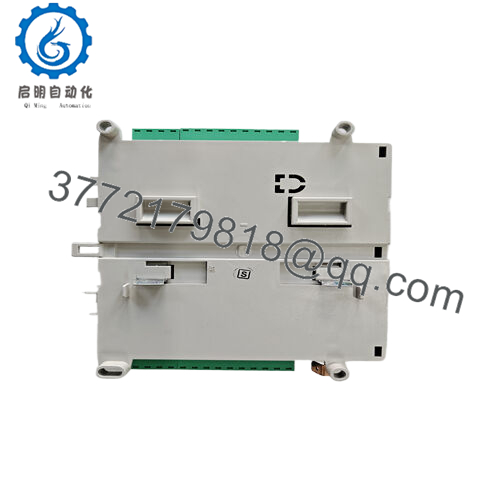Description
- 07AI90-S GJR5251200R0202
| Specification | Details |
|---|---|
| Model Number | 07AI90-S GJR5251200R0202 |
| Brand | ABB |
| Type | 8-Channel Analog Input Module |
| Input Voltage | 24V DC (power); ±10V / 0-20mA inputs |
| Operating Temp Range | 0°C to +55°C |
| Mounting Style | DIN rail / CS31 backplane |
| Dimensions | 25.4 cm x 10.2 cm x 15.2 cm (approx.) |
| Weight | 0.9 kg |
| Interface/Bus | CS31 bus; DSUB44 connector |
| Compliance | CE, RoHS, IP20 |
| Supported Protocols | RCOM, Modbus (via controller) |
| Typical Power Draw | 8W |
The ABB 07AI90-S GJR5251200R0202 cuts through this as a specialized analog input module for the Advant Controller 31 series, engineered to ingest up to eight channels of continuous signals with precision that holds steady amid environmental chaos. It’s the linchpin for scenarios demanding granular monitoring, like integrating RTDs for temperature profiling in extrusion lines or 4-20mA loops from level transmitters in tank farms, where traditional modules falter on resolution or isolation. This unit’s DSUB44 connector variant streamlines field wiring in marine or offshore rigs, preserving signal integrity without the clutter of point-to-point cables. In process control architectures, it empowers modular I/O expansion on the CS31 bus, letting you layer in diagnostics without overhauling the rack—essential for retrofits where budget and space are tight.
In the automation stack, it bridges the physical layer—probes in the plant—to the decision layer, where processed values feed into function blocks for trending or alarming, all insulated from the bus to dodge common-mode voltages. Diagnostics shine through: per-channel status registers flag over-range or open-circuit events, accessible via RCOM for networked oversight, and it pairs with redundant racks for seamless failover in critical paths. Mount it in a DIN enclosure alongside digital siblings, and the DSUB44 front-end cuts termination time, especially in vibration-prone zones. No need for external multiplexers; the ABB 07AI90-S GJR5251200R0202 handles scaling internally, outputting linearized words that integrate cleanly with Modbus gateways for IIoT uplinks. This positioning fosters a balanced I/O architecture, where analog precision enhances rather than encumbers the loop, adapting to loads from steady fermentation vats to fluctuating pump curves without recalibration hassles.





 WhatsApp: +86 16626708626
WhatsApp: +86 16626708626 Email:
Email:  Phone: +86 16626708626
Phone: +86 16626708626


